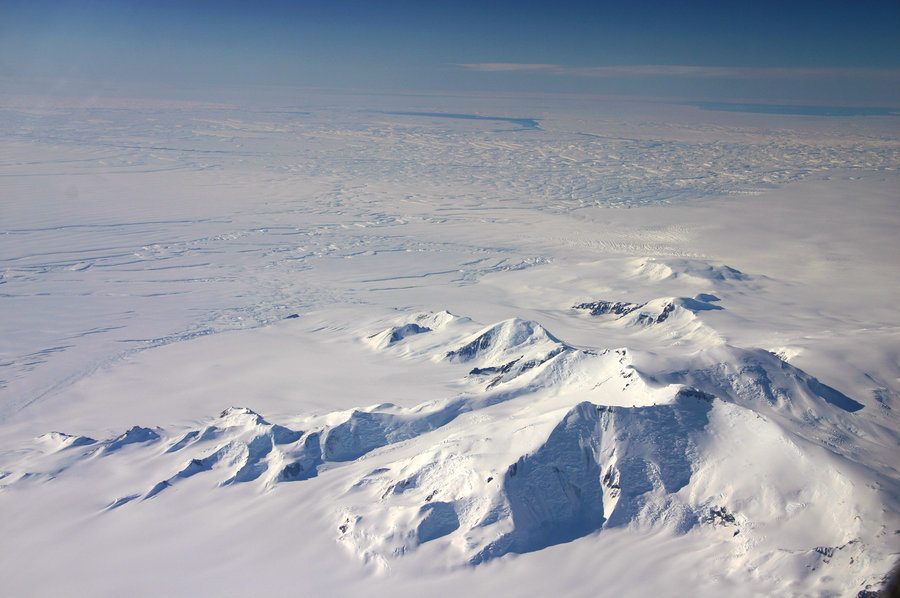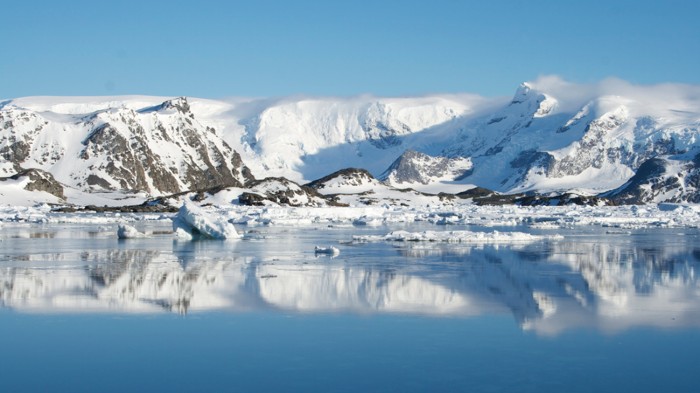Living Polar Snow Microbes Documented for the First Time
Snow is a highly porous environment, exchanging and entrapping air from the surrounding environment. As more snow is deposited onto the surface of the snowpack, older snow layers compress eventually into ice, encasing small samples of the atmosphere existing over and within the snow at the time of deposition.
This same logic has been used to justify the quantification of shorter-lived, more reactive trace gases in ice cores including methyl bromide and methyl chloride. However, these methods rest on the assumption that the snowpack is quasi-sterile metabolically or, at least, that microbial production/consumption of these trace gases is not significant.
Typically, polar ice cores’ sterility makes them reliable snapshots of ancient climates: the absence of microorganisms means that the gas footprint trapped in ice has not been altered by any digestion process over millennia.
But now, a new study by scientists at the University of York, has concluded that polar snow is not sterile after all. In fact, the sampled gases may have been shaped by bacteria that remain alive as the soft snowpack slowly turns into ice, a process that may take decades.
Researchers looked at snow samples in situ—or in its natural state—as well as samples sterilized with UV lights. The UV lights zapped traces of methyl iodide—which countered what was expected under the assumption that the system should only be influenced by chemistry rather than living bacterium. They found levels of methyl iodide, a gas produced by marine bacteria, in the natural snow. Traces of the gas were observed at tiny concentrations, but the results were enough to determine living bacteria was very much viable and active in the ice thought of as entirely sterile.
“There’s lot of people that have been edging towards this for a while, but we’ve been able to show in situ that these things are happening,” Kelly Redeker, lead author and biologist at the University of York said. Taking bacteria from their environment to the lab is “great, but it’s no longer the natural conditions in which they’re found…All the other results to date have been [samples] that have been taken back to the lab.”
Polar snowpacks are harsh environments for a few reasons. First of all, they are obviously pretty cold, capable of reaching -34ºC (-29.2 ºF). Paired with that they are battered with a huge amount of UV radiation and aren’t particularly rich in nutrients. Perhaps then, the researchers pose, this could broaden our understanding of where life could live in extreme and seemingly inhospitable environments outside of our planet.
“We know that bacteria have the potential to remain viable and metabolically active at low temperatures for hundreds to thousands of years,” said Redeker. “The next step is to look further down to see if we can observe active bacteria deep in the ice caps.“
































